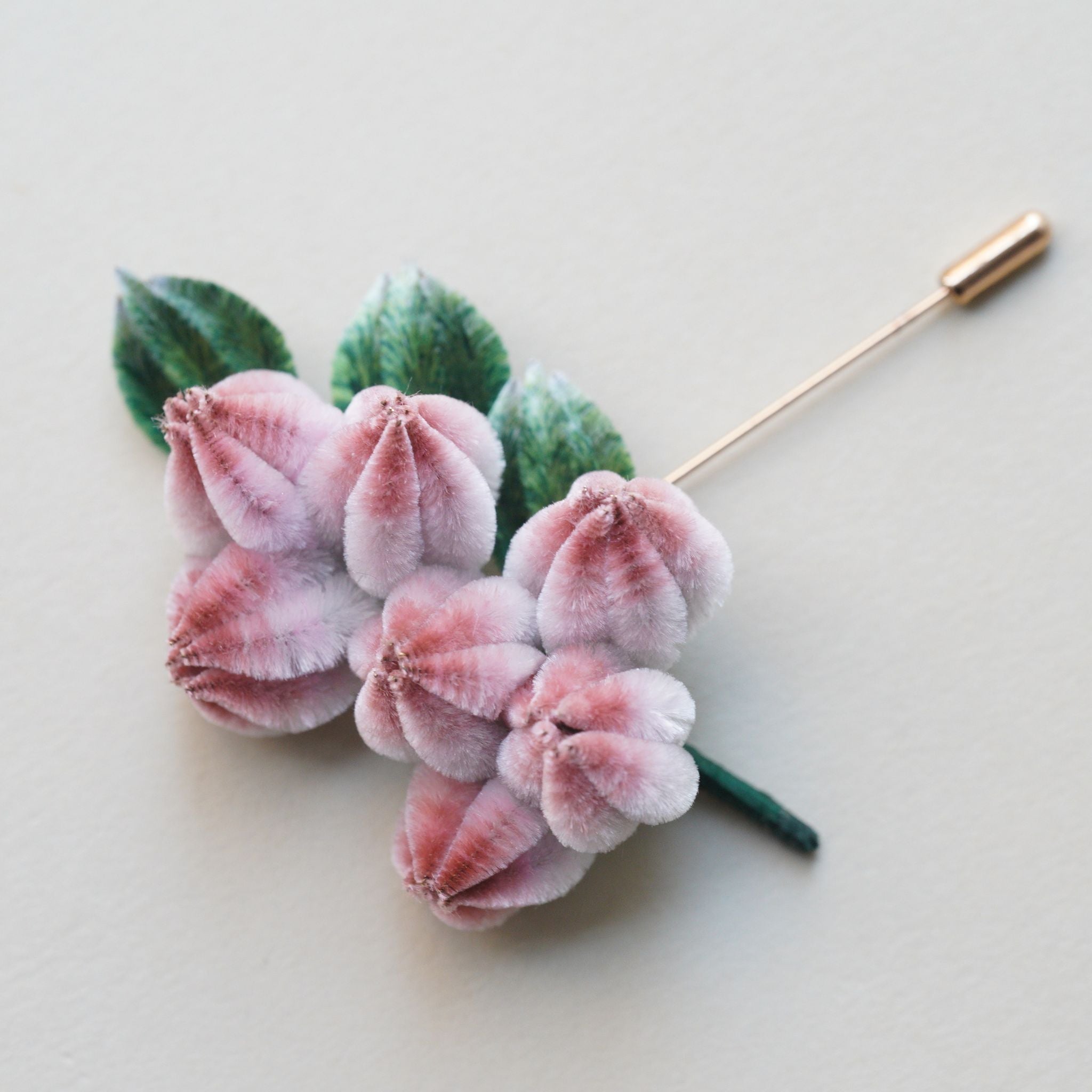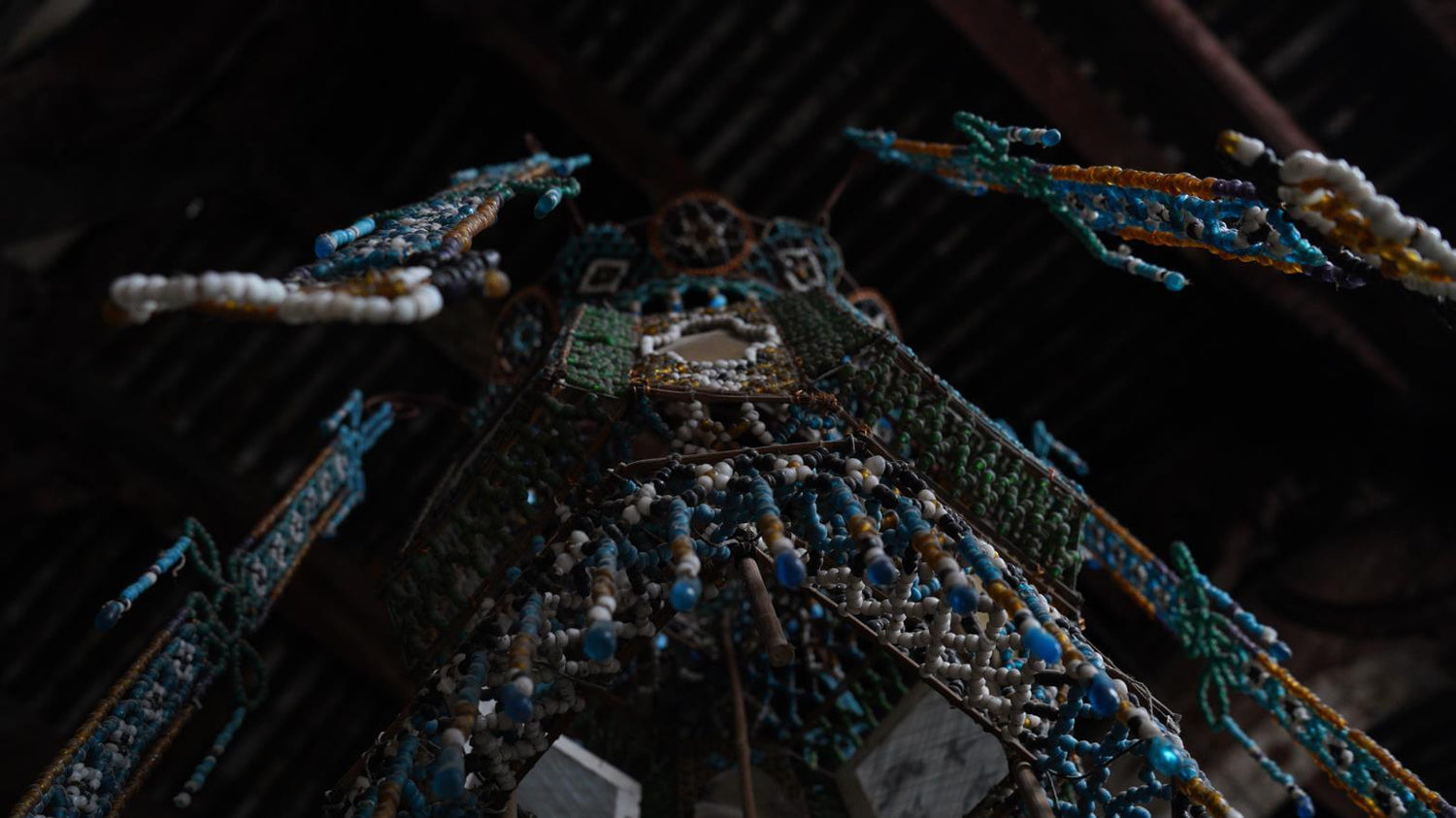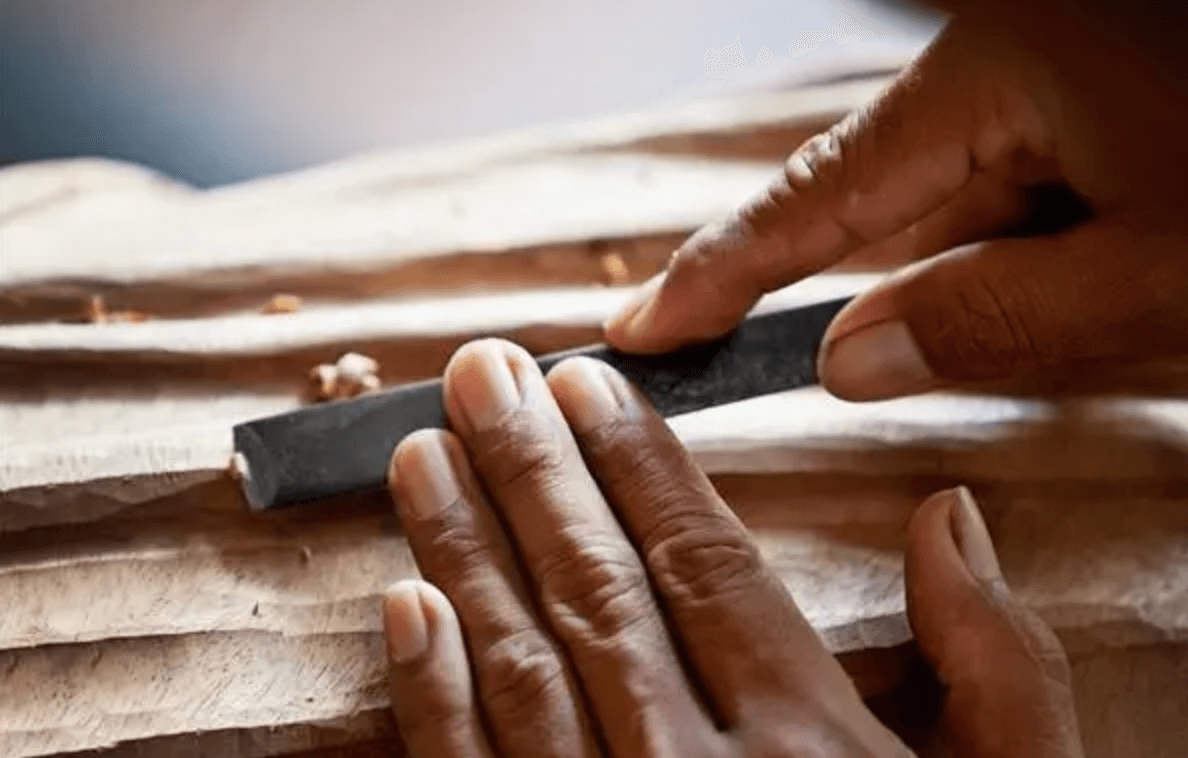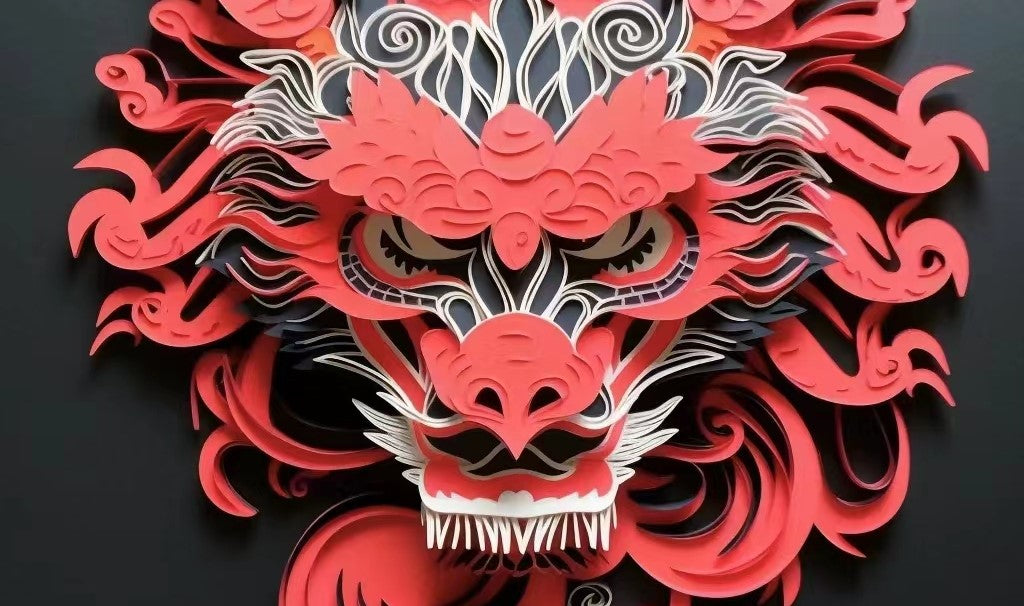Fifteen years ago, I encountered traditional Chinese wood carvings furniture, which I initially found unappealing.
However, a recent visit to the Dongyang Woodcarving Museum opened my eyes to the intricate beauty and historical significance of these carvings. This blog explores the connection between Dongyang wood carvings and Chinese architecture, delving into their evolution and the captivating charm they hold.

The Dongyang Woodcarving Museum: A Journey through History
The key to appreciating the beauty of Dongyang wood carvings lies in understanding their connection to Chinese architecture. The Dongyang Woodcarving Museum offers a comprehensive exploration of the history and development of wood carving in China. It showcases original and duplicate pieces from various dynasties, including remarkable wood carved beams from the loose residence and an exquisite wood carved Guan Yin Bodhisattva from the Song dynasty.
The Allure of Traditional Wood Carvings
While modern wood carvings may impress with their grandeur and creativity, they often fail to evoke the same emotional response as the wood carved beams and corbels found in old residences. The collective creation process of Dongyangbang, a group of wood carving craftsmen, allowed for a plethora of ideas and techniques to meet the unique requests of their clients. This collaborative approach resulted in captivating and meaningful carvings that conveyed moral messages and told stories.

Exploring the Historical Significance of Loose Residence
Loose Residence, often referred to as the Forbidden Palace of the fox world, stands as a remarkable example of Dongyang wood carvings in Chinese architecture. Its history dates back to the Tang dynasty, originating from the migration of the noble class from the north to the south. The desire for luxurious lifestyles and the competition among the upper class fueled the creation of Dongyangbang, a group of skilled wood carving craftsmen who catered to the needs of noble and wealthy families in the Dongyang region.
The Enduring Legacy of Dongyang Wood Carvings
Today, the landscape of Dongyang wood carvings has evolved. Individual craftsman studios have replaced the collaborative work of Dongyangbang, and wood carvings have expanded beyond traditional furniture to include ornaments, figurines, sculptures, and painting-like screens. However, the historical significance of Dongyang wood carvings lies in their ability to combine decorative aesthetics with practical function. For instance, the carvings on beams and corbels were often used to hang palace lanterns, exemplifying the seamless integration of art and utility.
The Future of Dongyang Wood Carvings
As China's architectural landscape shifts towards modern apartments, the future of Dongyang wood carvings remains uncertain. Will they continue to find a place in Chinese home design, or will they evolve into purely decorative art forms? Only time will tell. Nonetheless, the intricate beauty, rich history, and connection to Chinese architecture make Dongyang wood carvings an art form worth appreciating and preserving.

A visit to the Dongyang Woodcarving Museum and the exploration of Dongyang's historical residences have allowed me to appreciate the captivating charm and historical significance of traditional Chinese wood carvings. The collective creativity of Dongyangbang craftsmen and the seamless integration of art and utility in Dongyang wood carvings make them truly remarkable. Whether they find a place in modern home design or evolve into decorative art forms, the enduring beauty of Dongyang wood carvings will forever hold a special place in Chinese culture.








Leave a comment
All comments are moderated before being published.
This site is protected by hCaptcha and the hCaptcha Privacy Policy and Terms of Service apply.